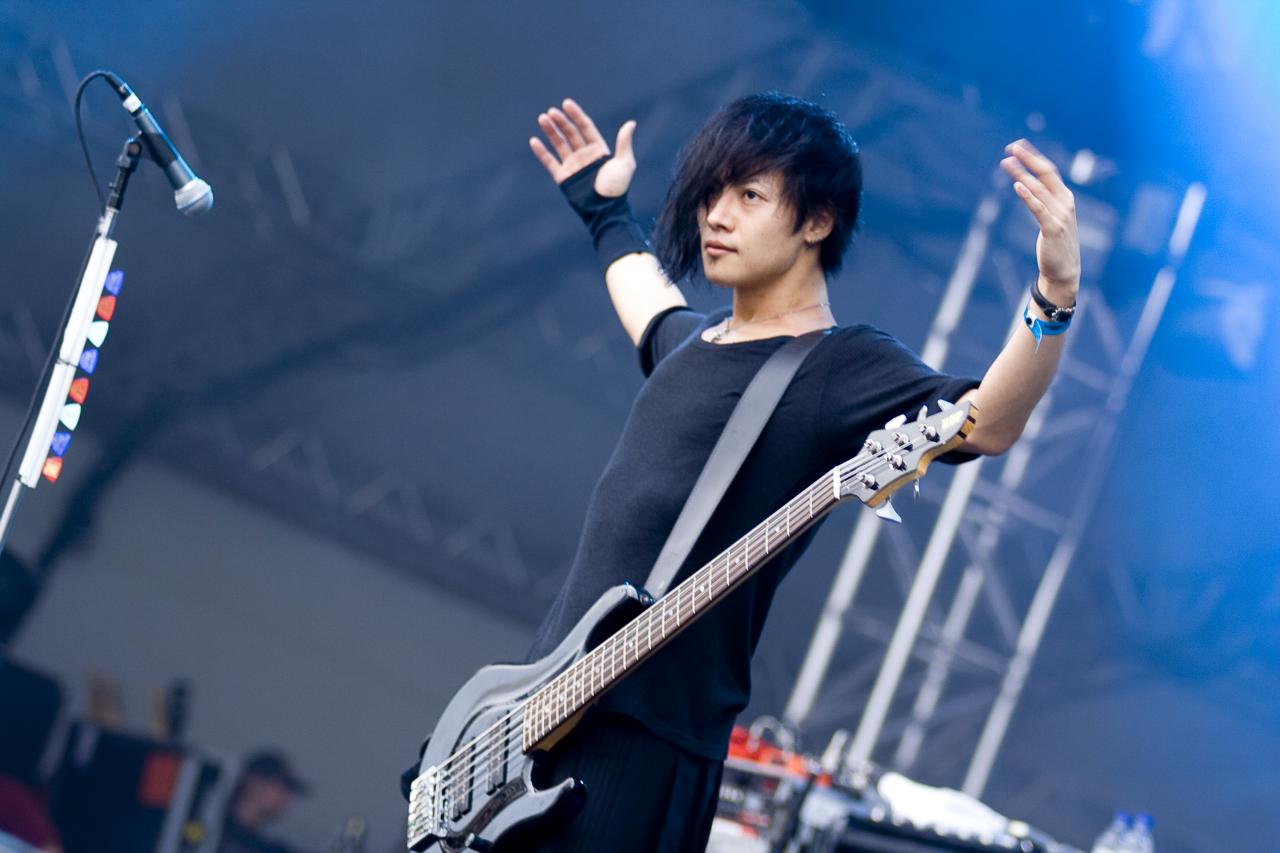by Phillip Donnelly:
Vampires have become the idols of the young, adopting roles formerly played by pop stars and political messiahs. Where once a poster of Che Guevara or Jim Morrison might have graced a bedroom wall, a gloomy vampire now stares moodily down. But why should teenagers idolize creatures who feed on the blood of the living to prolong their own life? Where has this morbid fashion come from?
To answer that question we first have to establish when it all began. Who was the first vampire?
If we take vampire to mean drinker of blood then the vampire is immortal, as old as our fear of death, but early Roman, Greek and Chinese bloodsuckers are more demons or evil spirits than bone-fide vampires.
Without meaning to offend religious sensibilities, there is even something of the vampire is Christianity. “The blood is the life” is a line shared by Francis Ford Coppola’s ‘Dracula’ and the Book of Genesis. The catholic Eucharist explicitly states that “whoever eats my flesh and drinks my blood has eternal life, and I will raise him.”
Christianity, however, is much older than vampirism, and it is clear what is feeding on what. Indeed, the word ‘vampire’ did not even exist until 1734. It moved quickly from the east, via the Slavic languages (upyr) to German (vampir) to French (vampyre) and then to English.
The first true vampires were seen in eastern European folklore, but the original vampire was far nearer to the ghoul or zombie of today, built around man’s primordial fear that the dead might not stay dead and might come back to eat you. Their physical appearance in ‘sightings’ in the vampire hysteria of the Balkans in the 18th century showed vampires to be more cadaver than Count. Their bodies were engorged, their skin was ruddy and waxy, their shrinking flesh left teeth and nails more prominent. Blood covered their faces.
All of this was taken to be the result of drinking the blood of the living, usually relatives and close friends, supplemented with the occasional sheep. But of course what the peasants actually saw was something far more frightening than vampires. What they saw was death. It was the corpse’s own bodily fluids, leaking from the nose and rising through the mouth, that covered the ruddy faces and the swollen purple bodies. The description of vampires are the really descriptions of disinterred corpses. Death is not pretty and early vampires were monsters.
Gothic literature changed all of this, grafting grace onto the bloodsucker. Lord Byron’s ‘The Burial: A Fragment’ which his friend Polidori expanded into ‘The Vampyre’ are still villains but there are charming villains. The peasant ghoul becomes a degenerate aristocratic. However, it was the Victorian Bram Stoker’s vampire, Count Dracula, who many take as the archetype.
Film adaptations of Count Dracula, from Hammer Horror productions starring Christopher Lee to Coppola’s 1992 masterpiece, paint a far more alluring picture of the Count than the original novel does, and this help to explain the vampire’s transformation from villain to hero. But at this stage, even in celluloid, he was still a lustful and predatory hero, a stud-with-fangs, a cloaked id and a hero for the sexually repressed. There was still something very dark in the vampire–an undercurrent of infection and sexual disease, a shadow of Stoker’s syphilis.
Some films painted the vampire darker still. The 1922 ‘Nosferatu’ Dracula is a sinister monster and Stephen King’s vampires in ‘Salem’s Lot’ could hardly be called alluring. These darker vampires still exist, but they have degenerated into shoot-em-up slasher movies, like John Carpenter’s ‘Vampires’ (98), Tarantino’s ‘Dawn to Dusk’ (96), and the graphic novels of ‘Underworld’ (2003) and ‘Blade’ (98).
The sea change in our depiction of vampires occurred with Anne Rice’s ‘Interview With a Vampire’, especially after Tom Cruise played Louis in the film adaptation in 1996. Here we see the first pin-up vampire, and the first maudlin and introspective vampire–the first existentialist vampire. Although Anne Rice has been critical of Meyer’s ‘Twilight’, and I must admit I am not a Meyer’s fan, I think that in many ways Meyer’s Edward Cullen, the moody centenarian teen vamp from Forks, is an extension of Anne Rice’s Louis. They are both sullen, moody and a little misanthropic. In many ways they are teenagers, or rather they are how teenagers like to see themselves.
The crucial similarity, however, is that both characters choose to fight against their more carnal desires. So, in a sense, sexual desire and the repression of that desire is still at the core of the vampire’s appeal. What has turned villain to hero, perhaps, is that the vampire is now an agent of sexual repression rather than a despoiler of virgins. Vampires no longer promote free love–they promote abstinence. Meyer’s vampires are ascetic in the extreme: earnest vegetarians celibates. Even their enemies, the werewolves, bond for life.
As I said in the beginning of this essay, it is ironic that teenagers, who have traditionally worshipped rebels, from Dean to Dylan, have now started worshiping the undead, but it is a double irony that they have started to idolise the sexually inactive undead.
How far the vampire has come–from ghoulish fiend, to suave seducer to celibate teen idol!
After completing a psychology degree, Phillip Donnelly realised that he was profoundly misanthropic and set about travelling the world looking for aliens to take him to another planet. He has written two novels (‘The Screen’ and ‘Letters from the Ministry’), a novella (‘The Inaction Man’), a book of short stories (‘Boots’) and four books of travel writing on India, China, Vietnam, and Lebanon. He has just signed ‘Letters from the Ministry to Rebel ePublishers which should be coming out at the end of next year. Heis now finishing his latest novel, Kev the Vampire. More information can be found at his website: www.ministryfox.com
















3 Comments